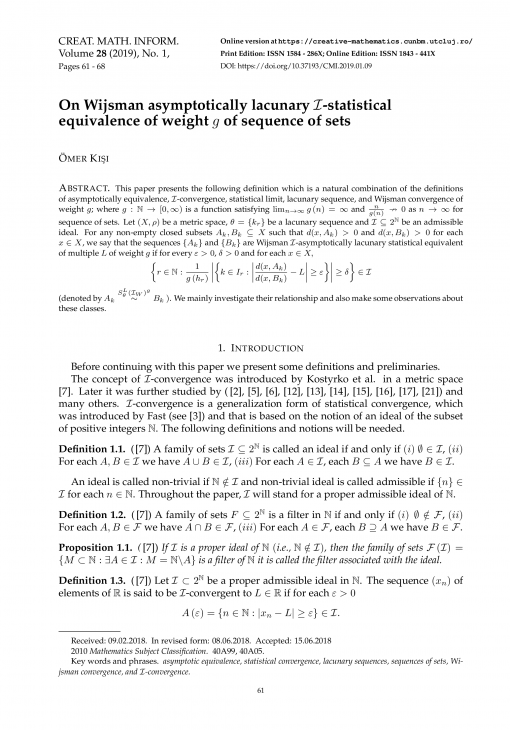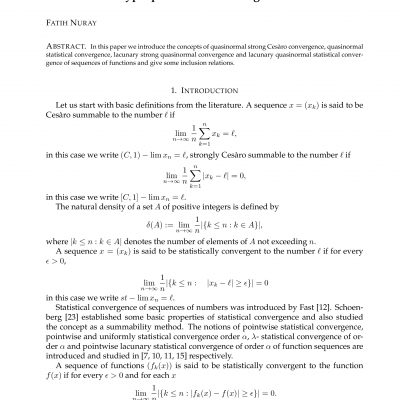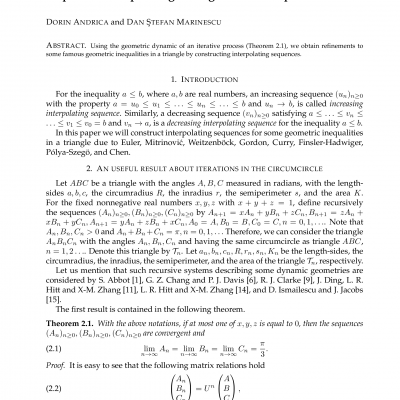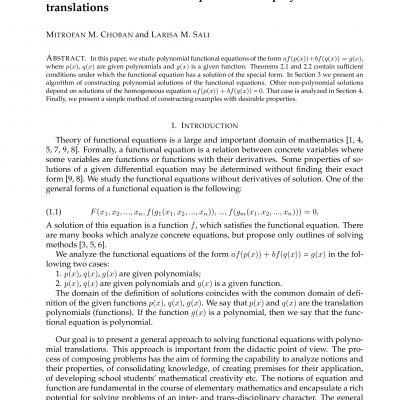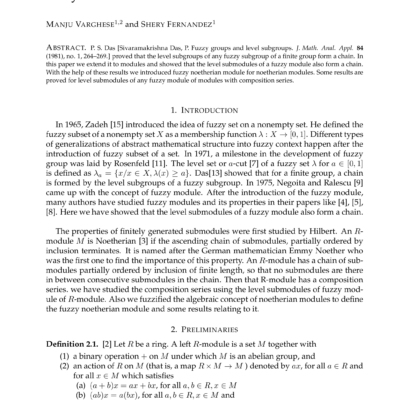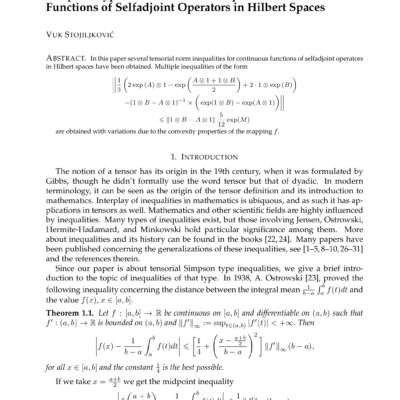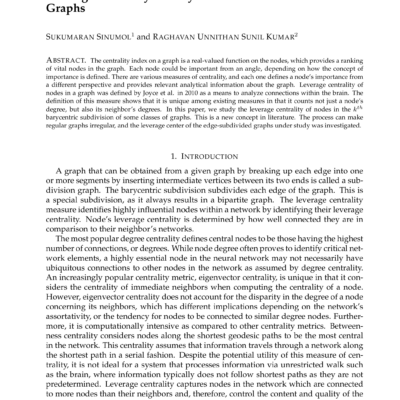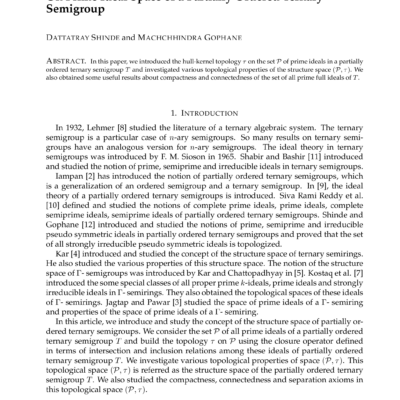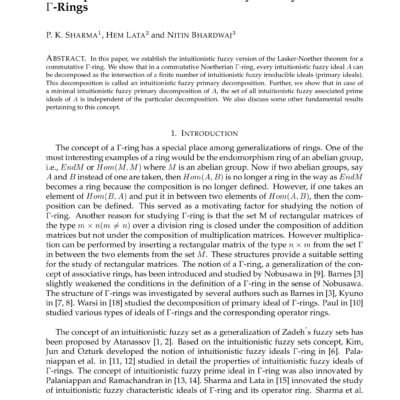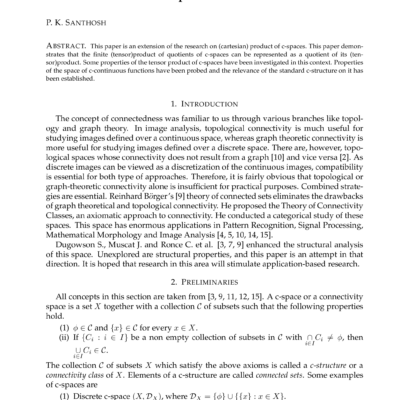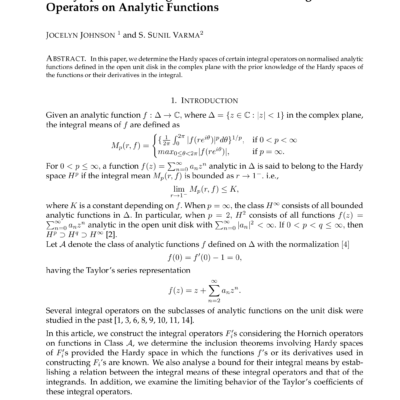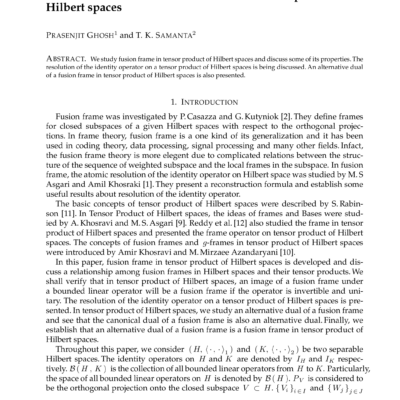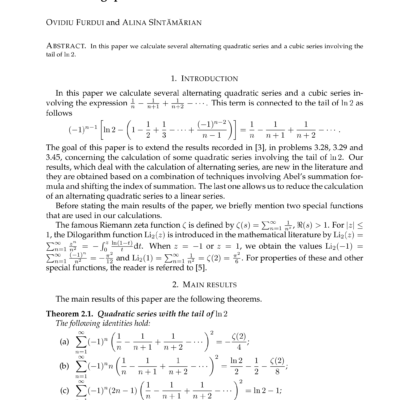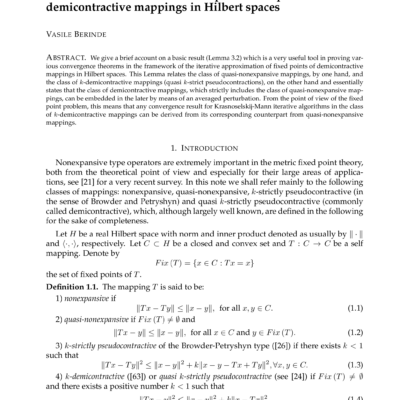This paper presents the following definition which is a natural combination of the definitions of asymptotically equivalence, ![]() -convergence, statistical limit, lacunary sequence, and Wijsman convergence of weight
-convergence, statistical limit, lacunary sequence, and Wijsman convergence of weight ![]() ; where
; where ![]() is a function satisfying
is a function satisfying ![]() and
and ![]() as
as ![]() for sequence of sets. Let
for sequence of sets. Let ![]() be a metric space,
be a metric space, ![]() be a lacunary sequence and
be a lacunary sequence and ![]() be an admissible ideal. For any non-empty closed subsets
be an admissible ideal. For any non-empty closed subsets ![]() such that
such that ![]() and
and ![]() for each
for each ![]() , we say that the sequences
, we say that the sequences ![]() and
and ![]() are Wijsman
are Wijsman ![]() -asymptotically lacunary statistical equivalent of multiple
-asymptotically lacunary statistical equivalent of multiple ![]() of weight
of weight ![]() if for every
if for every ![]() ,
, ![]() and for each
and for each ![]()
![]()
(denoted by ![]()
![]() . We mainly investigate their relationship and also make some observations about these classes.
. We mainly investigate their relationship and also make some observations about these classes.

